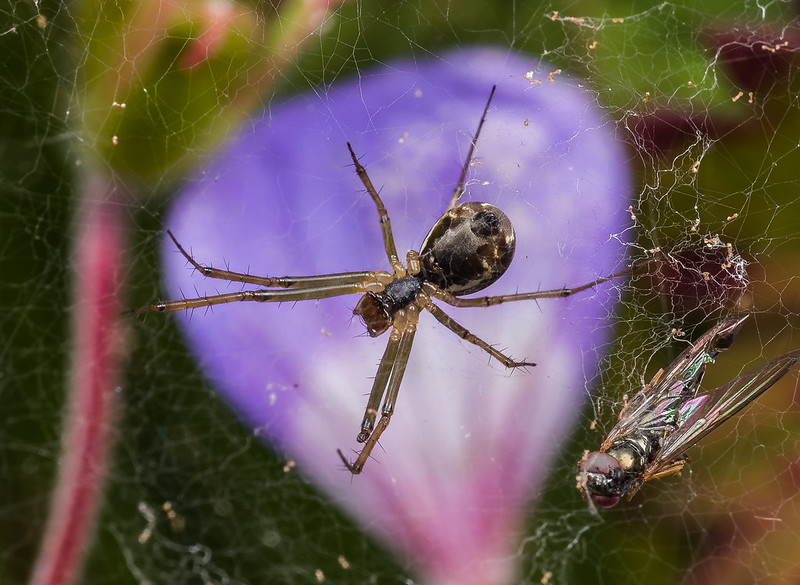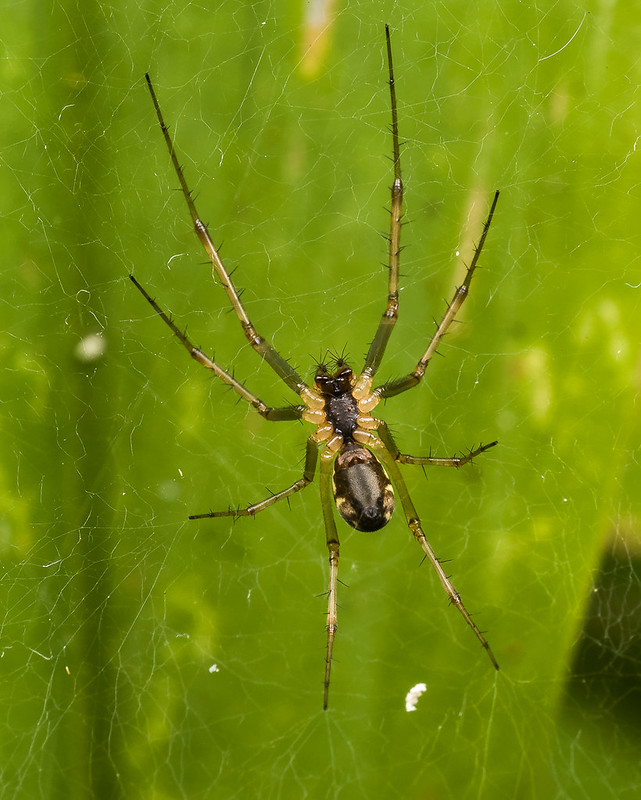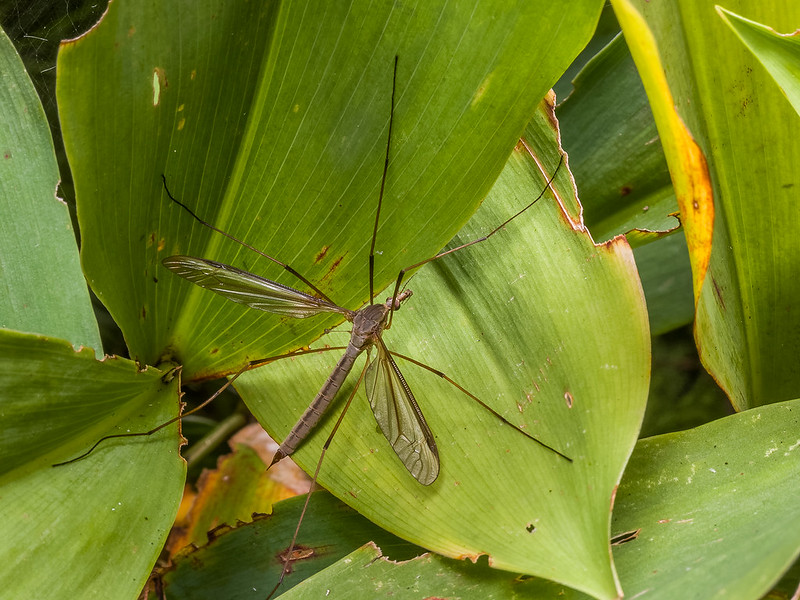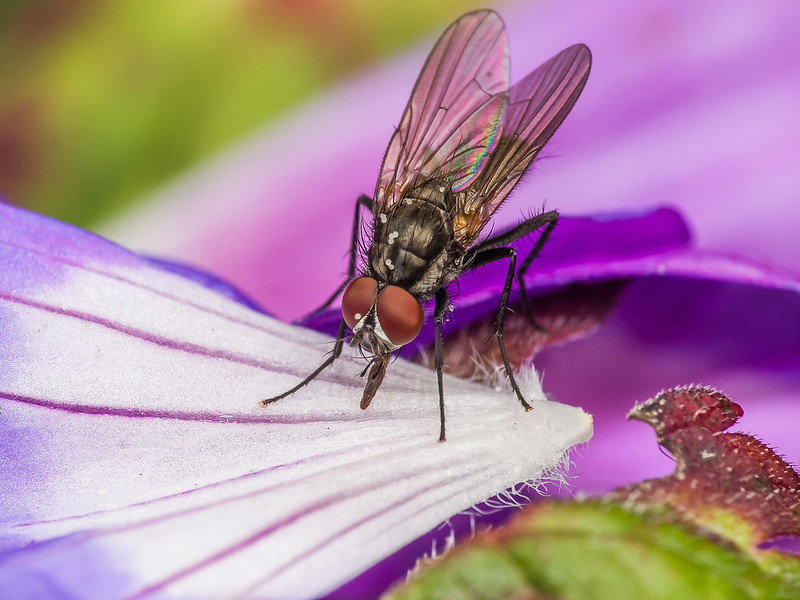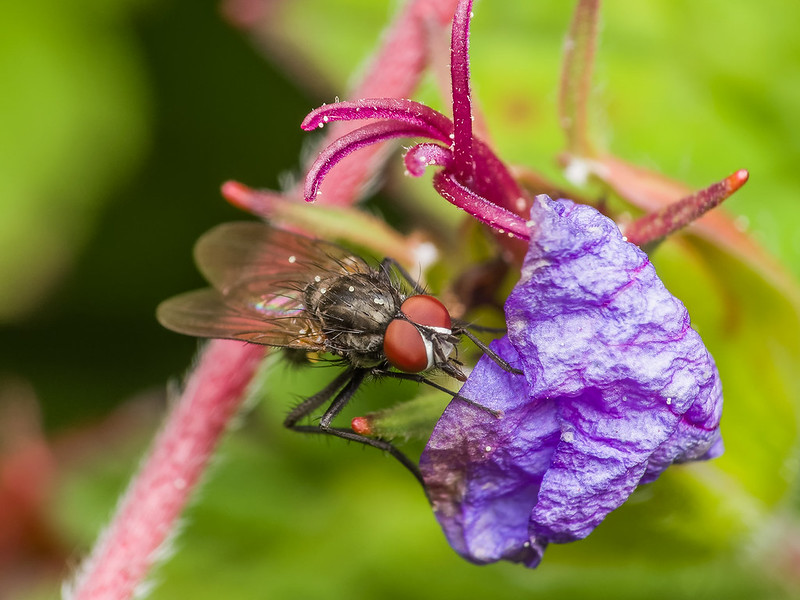I saw your histogram on flickr, so I had to pop over and see what it was about.
Great to hear from you Deb. Good to see you posting at Flickr. Lovely natural light flower. Makes me think even more (see the end of my previous post) about how I may be ignoring what I love best (natural light) in this struggle to try to get flash to work nicely.
Are you able to control the power of the flash heads separately so that you can create a lighting ratio?
Yes indeed. On the face of it, the adjustments are a bit crude. Each flash head can be adjusted from full to 1/128 power, with 8 levels in total (ie. 1/1, 1/2, 1/4, 1/8, 1/16, 1/32, 1/64, 1/128). This compares to full power to 1/256 in 1/3 stop increments with my (single gun) Metz 58-AF2. (1/1, 1/1 - 1/3, 1/1 - 2/3, 1/2 etc).
However, because the two guns are controlled separately on the KX800 I think this means that the amount of power can be adjusted in half stop increments by adjusting just one of the guns by a single level.
It is manual control only of the flash levels, so no TTL, but I'm not too bothered about that because I've always found TTL flash to be a bit of a lottery anyway, needing constant adjustment of the flash exposure compensation. So I don't see any real difference between that and manually setting the flash levels. And one advantage of the KX800 is that it is really easy and quick to change the flash levels. There are separate buttons for - and + power for each gun. These are really quick to use, and it can be done by touch, without needing to take your eye away from the scene, risking losing the subject from camera movement while making the flash adjustment. In contrast I have to do multi-button/wheel fiddling to change the flash exposure compensation or the manual flash level with the Metz, and you can't do it by touch - you have to look.
Have you considered lighting the background and the subject separately?
Oh yes. That is one of the major attractions for me, as I don't like black backgrounds for my invertebrate images. (I do occasionally have black backgrounds for flower images, but that is a different matter, and they are natural light anyway.)
Here is the nearest I have from that session to a like for like comparison with and without background illumination.
With background illumination
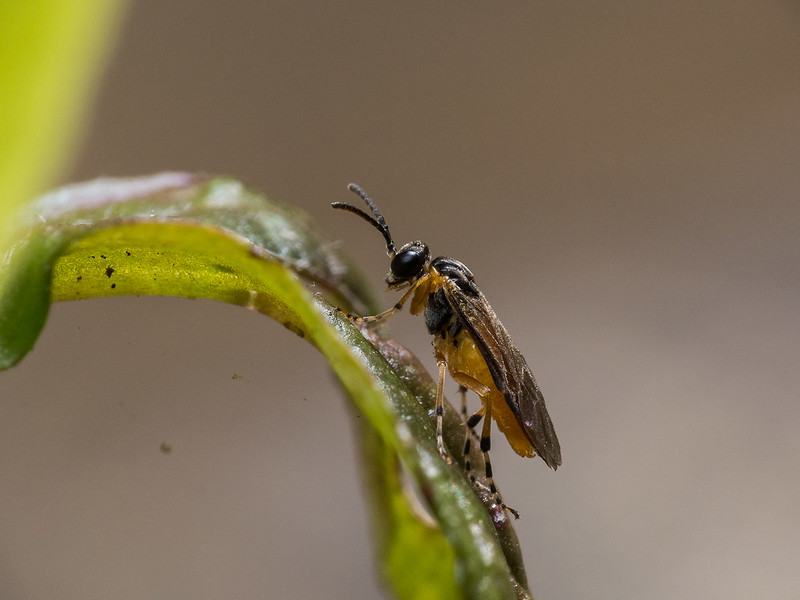
0790 31b Background illuminated P1150953 LR by
gardenersassistant, on Flickr
Without background illumination
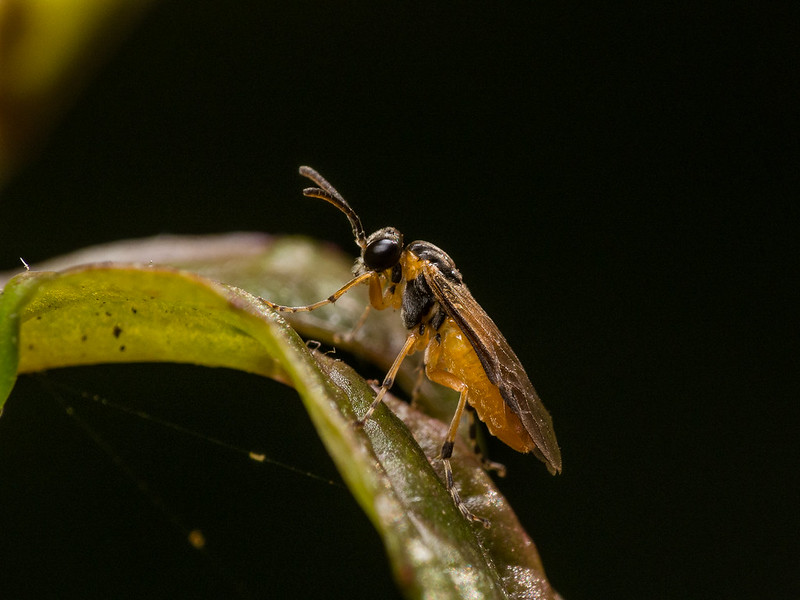
0790 31a Background not illuminated P1150958 LR by
gardenersassistant, on Flickr
(This one actually has Shadows turned up to the maximum in Lightroom, but it makes virtually no difference.)
It doesn't always work, but when it does it can make a big difference.
Here is an example from another session, where one of the guns is used for both background illumination and differential lighting of the foreground and subject. There are some obvious differences in the background, but see how much difference the differential lighting has made to the foreground, both the subject and the foliage, and what you can (and can't) see by way of water droplets to the right of the shield bug.
With background illumination
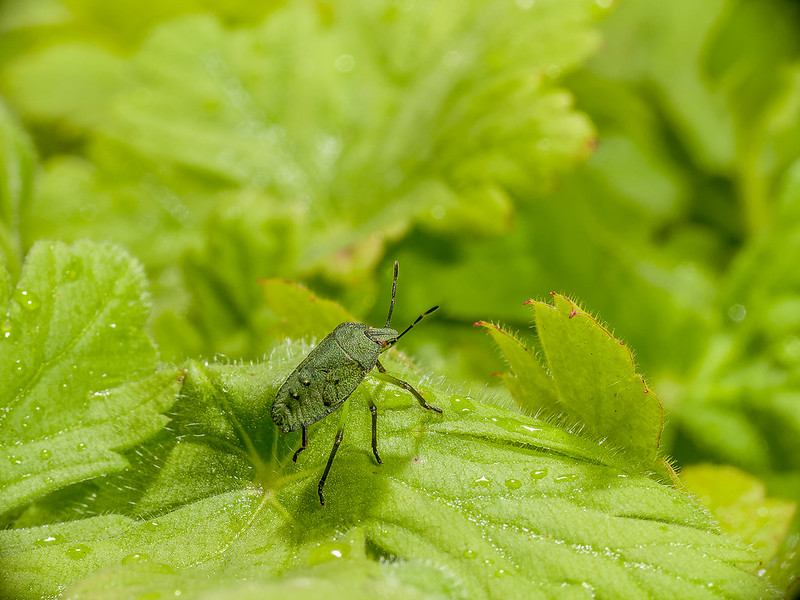
0782 05 2015_09_01 P1120022_DxO LR by
gardenersassistant, on Flickr
Without background illumination
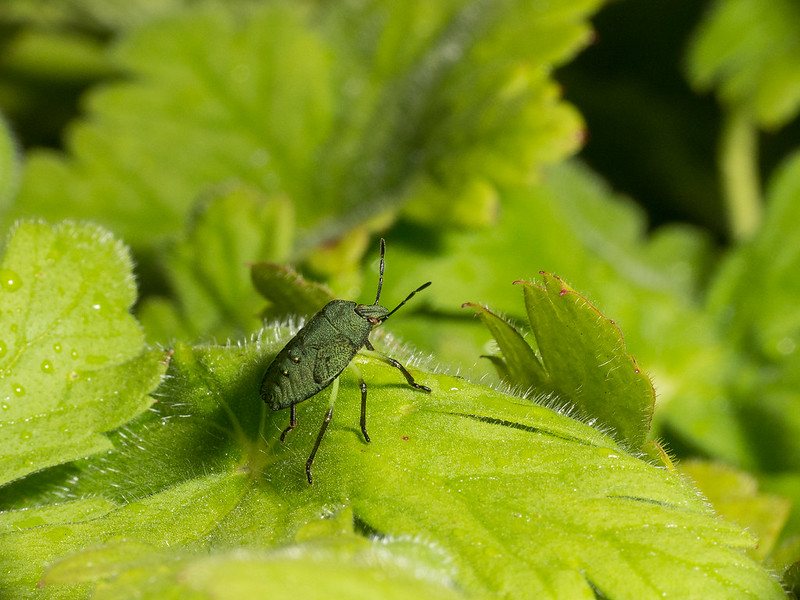
0782 05a P1120023 LR by
gardenersassistant, on Flickr
The flexibility of the arms also lets me illuminate scenes where subjects are in otherwise impossible to illuminate positions. For example, here is one where the spider was in deep shadow underneath the leaf. I used one flash head above, which illuminated the background and also threw light down onto, and I suspect through, the leaf, and the other gun on a level with the camera, maybe even a bit lower, illuminating the subject. This would have looked very different if I only had a single, top mounted flash gun, or with a pair of macro flashes or a ring flash mounted on the front of the lens.

0772 08 P1090525_DxO LR by
gardenersassistant, on Flickr
I've been writing up my experiences and experiments with my newly acquired KX800 in
recent posts in my journey thread. This includes quite a lot of information about diffusion arrangements, for which I've experimented with several setups.
